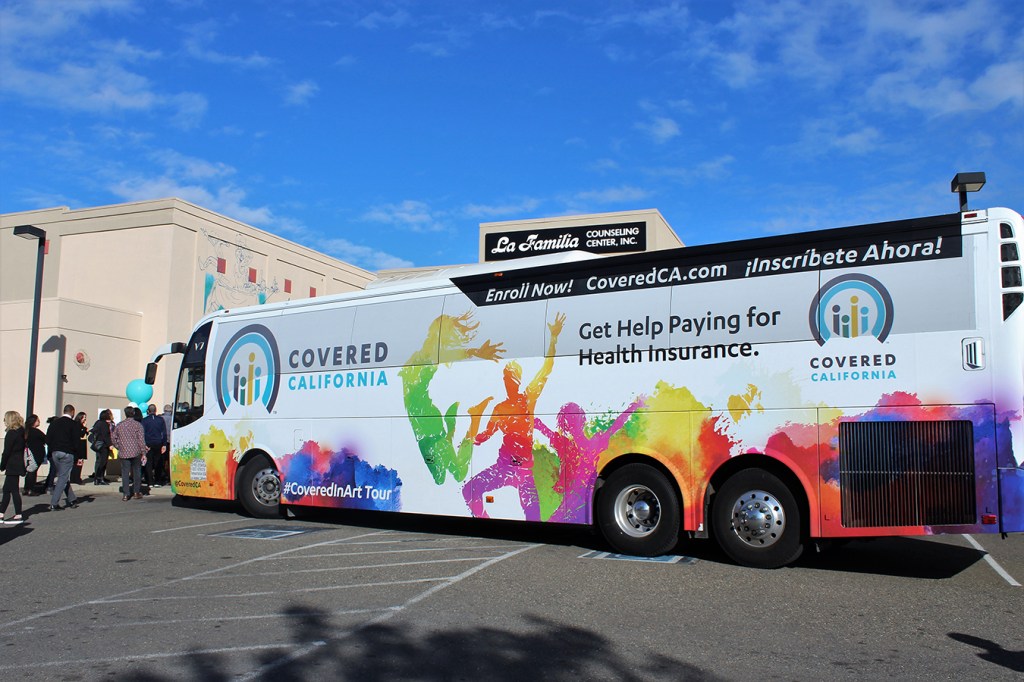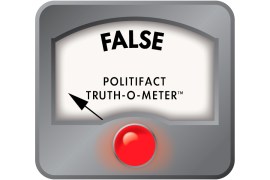Premiums in California’s health insurance exchange will rise by an average of 8.7 percent next year, marking a return to more modest increases despite ongoing threats to the Affordable Care Act.
The state marketplace, Covered California, said the rate increase for 2019 would have been closer to 5 percent if the federal penalty for going without health coverage had not been repealed in last year’s Republican tax bill.
The average increase in California is smaller than the double-digit hikes expected around the nation, due largely to a healthier mix of enrollees and more competition in its marketplace. Still, health insurance prices keep growing faster than wages and general inflation as a result of rising medical costs overall, squeezing many middle-class families who are struggling to pay their household bills.
The 8.7 percent increase in California ends two consecutive years of double-digit rate increases for the state marketplace.
“It’s not great that health care costs are still increasing that much, but the individual market is not sticking out like a sore thumb like it has in other years,” said Kathy Hempstead, senior adviser at the Robert Wood Johnson Foundation. “It’s falling back to earth.”
The future may be less bright. An estimated 262,000 Californians, or about 10 percent of individual policyholders in and outside the exchange, are expected to drop their coverage next year because the ACA fines were eliminated, according to the state. Peter Lee, executive director of Covered California, warned that the exodus of healthier consumers will drive up insurance costs beyond 2019 — not just for individual policyholders but for California employers and their workers.
“We are paying, in essence, a surcharge for federal policies that are making coverage more expensive than it should be,” Lee said in an interview. “There will be more of the uninsured and more uncompensated costs passed along to all of us.”
Critics of the Affordable Care Act say it has failed to contain medical costs and left consumers and taxpayers with heavy tabs . Nearly 90 percent of Covered California’s 1.4 million enrollees qualify for federal subsidies to help them afford coverage.
Foiled in its attempt to repeal Obamacare outright, the Trump administration has taken to rolling back key parts of the law and has slashed federal marketing dollars intended to boost enrollment. Instead, the administration backs cheaper alternatives, such as short-term coverage or association health plans, which don’t comply fully with ACA rules and tend to offer skimpier benefits with fewer consumer protections.
Taken together, those moves are likely to draw healthier, less expensive customers out of the ACA exchanges and leave sicker ones behind.
Nationally, 2019 premiums for silver plans — the second-cheapest and most popular plans offered — are expected to jump by 15 percent, on average, according to an analysis of 10 states and the District of Columbia by the Avalere consulting firm. Prices vary widely across the country, however. Decreases are expected in Minnesota while insurers in Maryland are seeking 30 percent increases.
In California, exchange officials emphasized, consumers who shop around could pay the same rate as this year, or even a little less.
Christy McConville of Arcadia already spends about $1,800 a month on a Blue Shield plan for her family of four, opting for “platinum” coverage, the most expensive type. Her family doesn’t qualify for federal subsidies in Covered California.
She’s worried about further increases and doesn’t want to switch plans and risk losing access to the doctors she trusts. “We’re getting right up to the limit,” McConville said.
Amanda Malachesky, a nutrition coach in the Northern California town of Petrolia, said the elimination of the penalty for being uninsured makes dropping coverage more palatable. Her family of four pays almost $400 a month for a highly subsidized Anthem Blue Cross plan that has a $5,000 deductible.
“I’ve wanted to opt out of the insurance model forever just because they provide so little value for the exorbitant amount of money that we pay,” said Malachesky, who recently paid several hundred dollars out-of-pocket for a mammogram. “I’m probably going to disenroll … and not give any more money to these big bad insurance companies.”
Covered California is aiming to stem any enrollment losses by spending more than $100 million on advertising and outreach in the coming year. In contrast, the Trump administration spent only $10 million last year for advertising the federal exchange across the 34 states that use it.
Also, California lawmakers are looking at ways to fortify the state exchange. State legislators are considering bills that would limit the sale of short-term insurance and prevent people from joining association health plans that don’t have robust consumer protections.
However, California hasn’t pursued an insurance mandate and penalty at the state level, which both health plans and consumer advocates support. New Jersey and Vermont have enacted such measures.
Lee said it’s up to lawmakers to decide whether a state mandate makes sense.
David Panush, a Sacramento health care consultant and a former Covered California official, said some lawmakers may be reluctant to push the idea, even in deep-blue California.
“The individual mandate has always been the least popular piece of the Affordable Care Act,” he said.
Despite the constant uncertainty surrounding the health law, many insurers nationally are posting profits from their ACA business and some plans are looking to expand further on the exchanges.
In California, the same 11 insurers are returning, led by Kaiser Permanente and Blue Shield of California. Together, those two insurers control two-thirds of exchange enrollment. (Kaiser Health News, which publishes California Healthline, is not affiliated with Kaiser Permanente.)
The Covered California rate increases are fairly uniform across the state. Premiums are climbing 9 percent across most of Southern California as well as in San Francisco. Monterey, San Benito and Santa Cruz counties faced the highest increase at 16 percent, on average.
The rates are subject to state regulatory review but are unlikely to change significantly. Open enrollment on the exchange starts Oct. 15.
The ACA’s expansion of coverage has dramatically cut the number of uninsured Californians. The proportion of Californians lacking health insurance fell to 6.8 percent at the end of last year, down from 17 percent in 2013, federal data show.
This story was produced by KFF Health News, which publishes California Healthline, an editorially independent service of the California Health Care Foundation.







